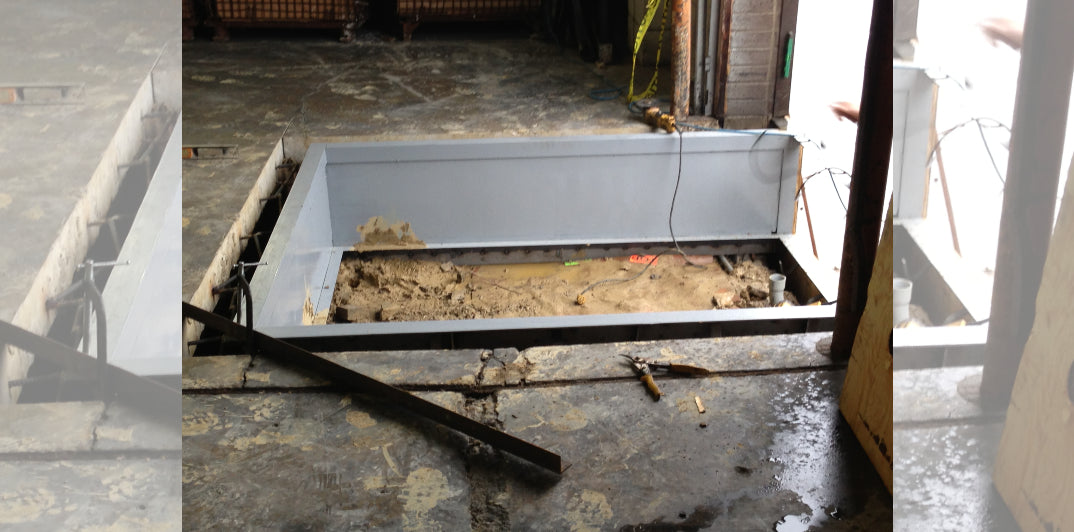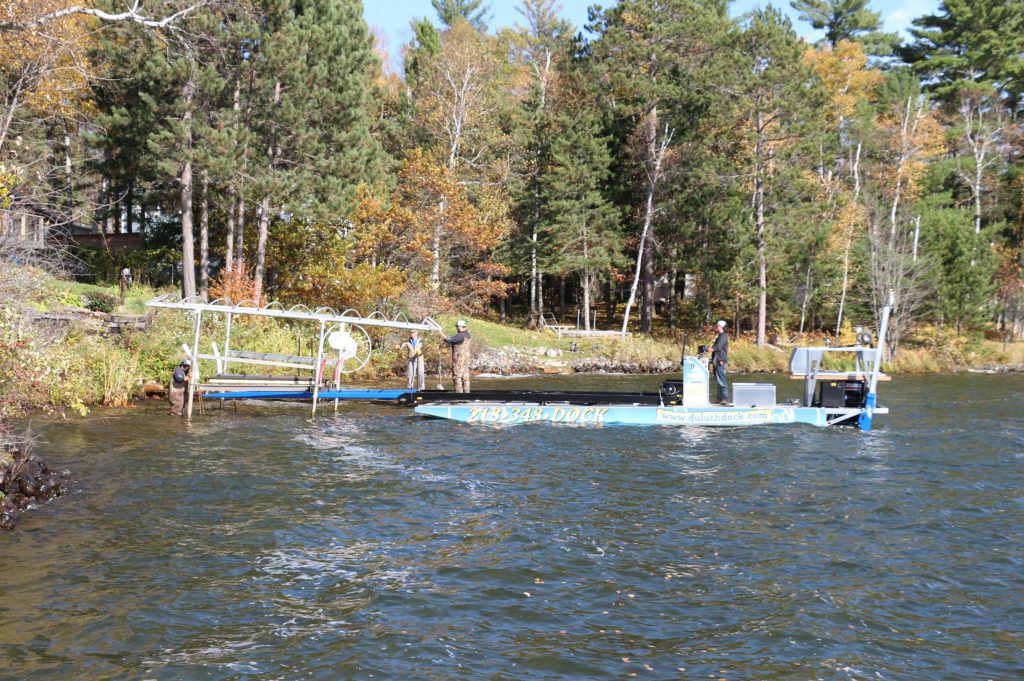Seasonal Preparations: When to Arrange Your Dock Repairs
Seasonal Preparations: When to Arrange Your Dock Repairs
Blog Article
Reliable Dock Repair Service Techniques: Ensuring Structural Honesty
Ensuring the structural honesty of anchors with effective repair work strategies is extremely important for the long life and security of marine facilities. This includes a multi-faceted strategy beginning with comprehensive evaluations making use of innovative technologies like sonar devices and remotely ran lorries (ROVs) to discover both noticeable and hid damages. Subsequently, picking the ideal repair service materials, such as corrosion-resistant alloys and composite materials, is critical for durability. Architectural reinforcement approaches, consisting of the implementation of cross-bracing systems and load-distribution plates, play an important function in mitigating tension factors. Nonetheless, the relevance of these methods ends up being obvious when exploring innovative repair work techniques and preventative upkeep methods.
Analyzing Dock Damages
Examining dock damages is a vital very first action in making certain the structural integrity and security of any docking center. Key facets to check out consist of the dock's structure, pilings, decking, and equipment (Dock Repairs).
Architectural designers or certified assessors normally do these evaluations making use of specialized techniques and devices. Underwater examinations could use sonar devices or from another location ran automobiles (ROVs) to identify submerged damage. Over water, aesthetic inspections are matched by utilizing moisture meters and other analysis tools to reveal underlying issues not immediately visible to the nude eye.

Deciding On Repair Materials
Selecting the proper repair materials is a pivotal step in the dock restoration process, one that straight affects the longevity and performance of the fixed framework. Material selection have to be driven by elements such as ecological problems, load-bearing needs, and compatibility with existing dock components. For example, wood is a conventional option for docks as a result of its all-natural durability and visual allure. Picking the right type of wood, such as pressure-treated lumber or normally rot-resistant varieties like cedar or teak, is vital to hold up against water atmospheres.
Along with timber, composite materials are increasingly prominent due to their durability and reduced upkeep demands. Composites, commonly made from a blend of plastic and timber fibers, provide outstanding resistance to rot, pests, and UV damage. For metal docks, selecting corrosion-resistant alloys such as galvanized steel or marine-grade light weight aluminum is necessary to prevent corrosion and ensure architectural honesty in saline water conditions.
Epoxy materials and marine-grade sealants are essential for fixing fractures and sealing joints, giving a waterproof barrier and enhancing the dock's overall strength. By carefully selecting top quality materials, dock repair services can attain long-lasting outcomes, consequently securing versus future deterioration and making certain secure, reputable use.
Structural Reinforcement Strategies
Reliable structural support strategies are crucial in guaranteeing the stability and long life of dock fixings. One fundamental method includes making use of steel or composite reinforcement bars (rebar) within concrete frameworks. Rebar offers added tensile strength, preventing fractures and distributing tons much more uniformly. This method is particularly effective for docks revealed to heavy lots or extreme ecological conditions.
Another vital method is the application of fiber-reinforced polymers (FRP) These materials provide high strength-to-weight proportions and superb resistance to rust, making them perfect for reinforcing wooden or concrete docks. FRP can be applied in sheets or strips and bonded with epoxy resins to improve structural integrity.
Bracing and securing systems also play an essential duty in structural support. Cross-bracing, utilizing metal or wooden light beams, can combat lateral pressures, minimizing guiding and movement. Anchoring systems, such as helical piers or driven stacks, provide a steady foundation by transferring loads to deeper, extra stable soil layers.
Last but not least, the combination of load-distribution plates can aid distribute weight extra equally across the dock's surface area, alleviating localized stress and anxiety points. These methods jointly make sure that anchors continue to be durable and safe, with the ability of withstanding the rigors of their functional environment.
Advanced Repair Approaches

Another advanced strategy includes underwater welding, which allows for repairs to be performed without the demand to dewater the area. This technique is specifically helpful for resolving structural issues in submerged dock elements, guaranteeing marginal disruption to operations. Boosted welding methods, combined with robotic systems, supply accuracy and dependability, thereby expanding the life expectancy of the dock.
In addition, cathodic protection systems are carried out to avoid rust in metal dock structures. By using visit site sacrificial anodes or amazed current systems, these techniques successfully alleviate the electrochemical procedures that result in product damage.
Lastly, progressed surveillance technologies, such as structural wellness monitoring (SHM) systems, give real-time information on the problem of dock frameworks. These systems enable proactive upkeep and prompt interventions, ultimately ensuring the long-term architectural honesty of the dock.
Upkeep and Avoidance
Maintenance and avoidance are essential concepts that underpin the long life and safety of dock structures. Normal examinations are extremely important, permitting very early discovery of deterioration, prospective weaknesses, and ecological influences. A positive method, involving regular checks for rust, rot, and structural changes, minimizes costly repair services and prolongs the dock's operational life.
Preventative measures should consist of applying protective finishings to metal components to safeguard against corrosion and using cured wood to withstand decay. Additionally, guaranteeing correct water drainage and air flow can stop water build-up, which is a typical reason for architectural deterioration. Integrating top quality materials and sticking to producer standards throughout building and construction and repair work phases likewise play crucial functions in improving resilience.

Training employees in dock upkeep finest practices ensures constant application of preventative actions. Leveraging technical advances, such as drones for assessments and sensing units for real-time tracking, can additionally boost upkeep initiatives. By focusing on maintenance and prevention, dock owners can make sure structural honesty, functional security, and affordable management over the dock's life-span.
Conclusion
Finally, maintaining the architectural integrity of marine facilities requires thorough dock repair work methods. Extensive examinations utilizing sophisticated tools reveal both noticeable and concealed problems, while the choice of ideal fixing materials enhances resilience. check out here Carrying out structural reinforcement techniques addresses tension points efficiently. Advanced fixing strategies, coupled with normal upkeep practices, make sure the dock continues to be risk-free and functional under varied ecological problems. Taking on these approaches dramatically prolongs the life expectancy and performance of aquatic infrastructure.
Making certain the structural integrity of anchors with reliable repair service strategies is vital for the durability and safety and security of aquatic centers.Selecting the proper repair service materials is a critical action in the dock reconstruction procedure, one that straight affects the durability and performance of the repaired framework.Reliable architectural reinforcement strategies are essential in guaranteeing the security and longevity of dock fixings. By prioritizing upkeep and prevention, dock proprietors can make sure architectural integrity, functional safety, and economical administration over the dock's life-span.
In conclusion, keeping the architectural honesty of aquatic centers demands comprehensive dock anchor repair strategies.
Report this page